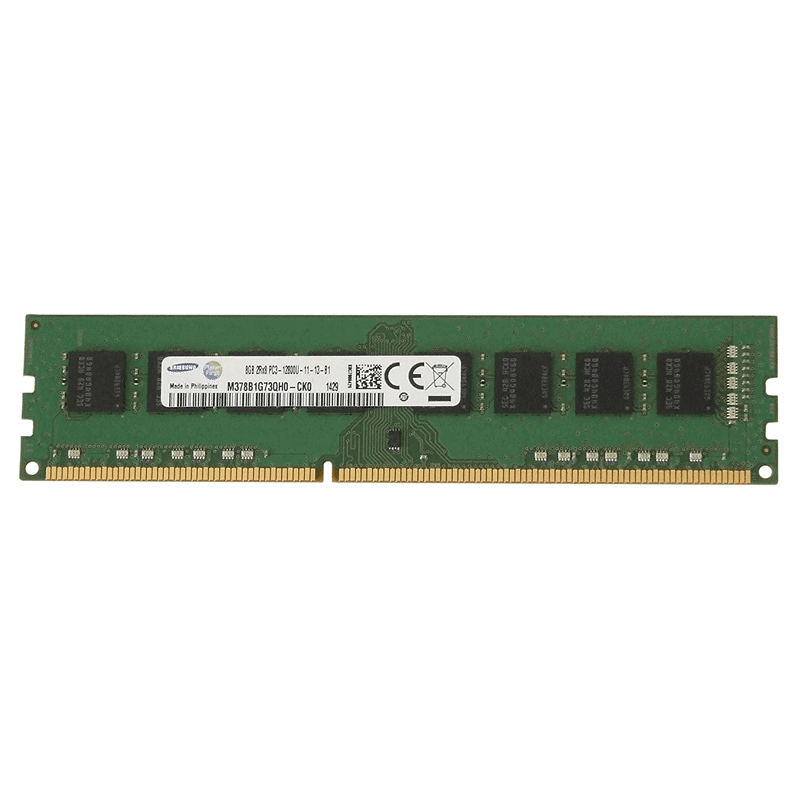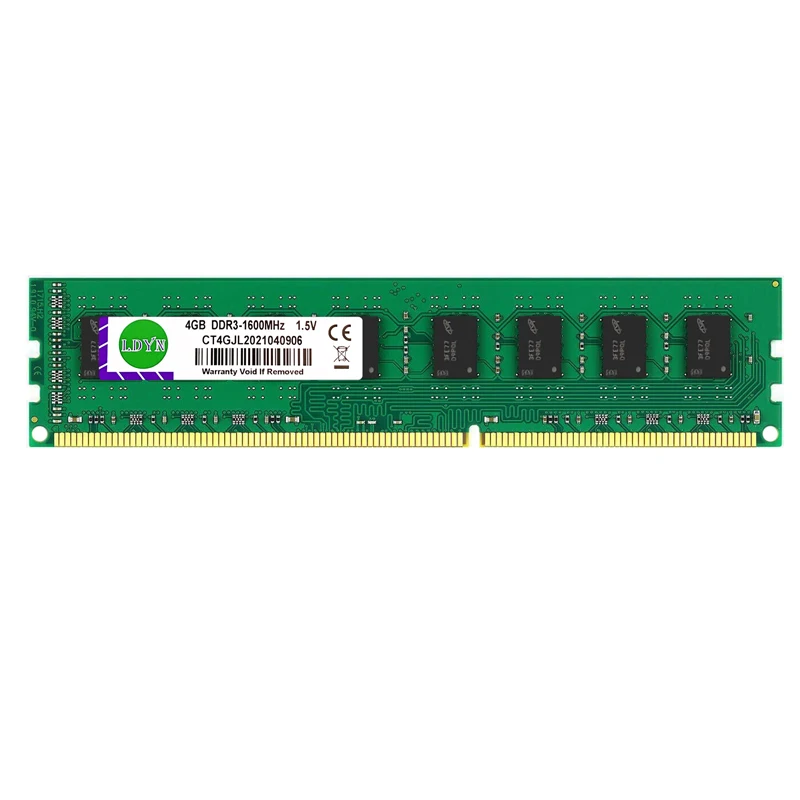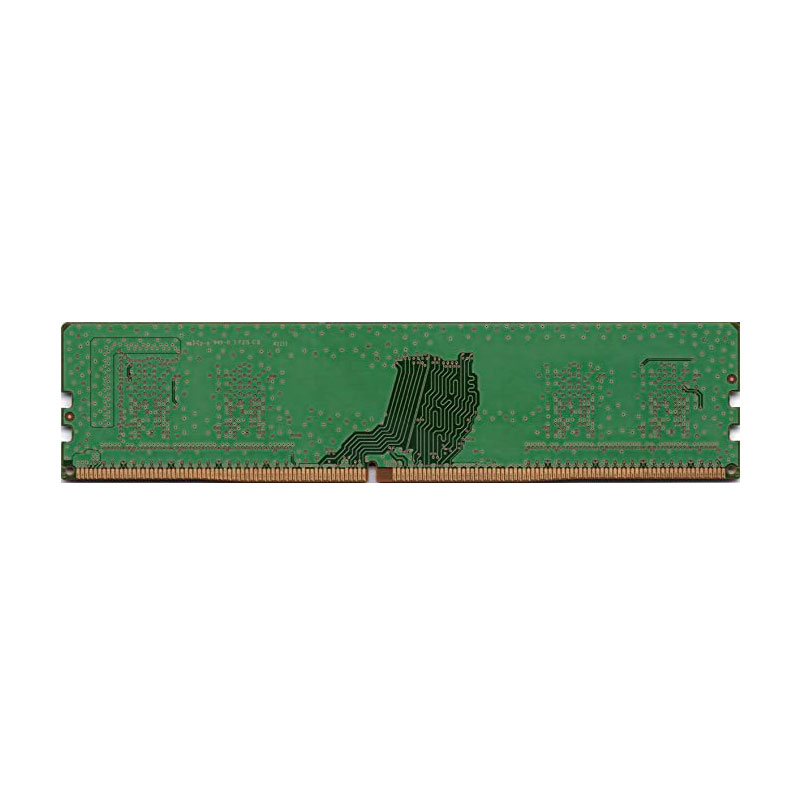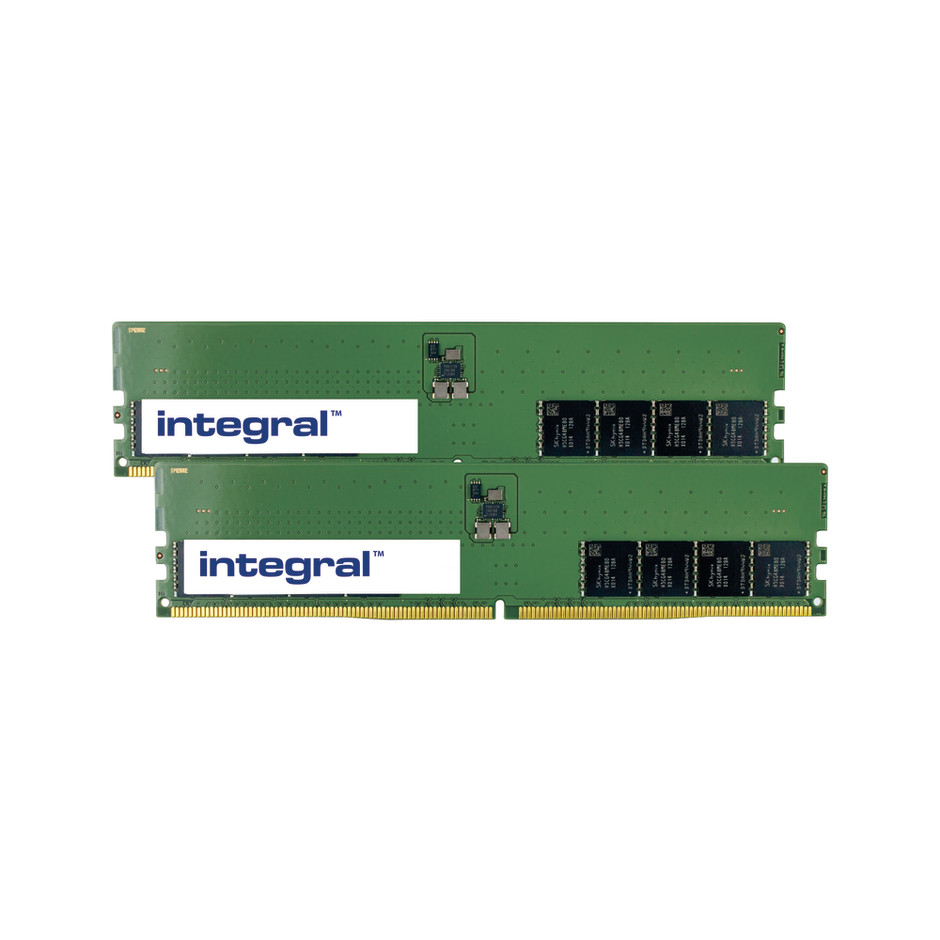Desktop RAM (Random Access Memory) plays a pivotal role in the performance of your computer. Understanding how RAM affects various aspects of your system can help you make informed decisions when upgrading or configuring your desktop. This article delves into key insights about how desktop RAM influences performance, covering capacity, speed, latency, multitasking, gaming, software applications, and future-proofing.
RAM Capacity and Its Impact
Amount of RAM
The amount of RAM in your desktop directly affects system performance. More RAM allows your computer to handle multiple applications and larger files simultaneously. For general use, 8 GB of RAM is often sufficient, but for more demanding tasks like video editing or gaming, 16 GB or more can vastly improve performance. Adequate RAM capacity ensures smooth operation and reduces bottlenecks, allowing your system to perform efficiently. Assessing your specific needs and typical workloads helps determine the right amount of RAM.
Handling Large Files
Larger RAM capacity enables your desktop to manage large files and data sets more effectively. Whether working on high-resolution images, extensive spreadsheets, or complex simulations, more RAM provides the headroom needed to store and process large files quickly. Without sufficient RAM, your system might slow down or struggle to complete tasks. Handling large files with ease enhances productivity and reduces processing time, making high-capacity RAM beneficial for professional and creative workloads.

Speed and Bandwidth
Clock Speed
RAM speed, measured in MHz, indicates how quickly data can be read from or written to the memory. Higher clock speeds generally translate to faster data processing and improved overall performance. For instance, moving from 2400 MHz to 3200 MHz RAM can noticeably boost system responsiveness and efficiency. Faster clock speeds contribute to quicker data handling, enhancing the performance of applications and operating systems. The impact of RAM speed is particularly evident in tasks requiring quick access to large amounts of data.
Bandwidth
Bandwidth refers to the amount of data that can be transferred to and from the RAM within a certain time frame. Higher bandwidth means better performance, especially in data-intensive applications like gaming, video editing, and 3D rendering. Dual-channel or quad-channel memory configurations can significantly enhance bandwidth, leading to smoother and faster system performance. Optimizing RAM bandwidth ensures efficient data transfer, preventing bottlenecks and improving multitasking capabilities.
Latency and Efficiency
CAS Latency
CAS latency (Column Address Strobe latency) is the delay time between a command given to the RAM and the data being available. Lower latency numbers indicate faster RAM response times, contributing to overall system efficiency. For example, RAM with a CAS latency of 16 will perform better than RAM with a CAS latency of 18, assuming other factors like speed and capacity are equal. Lower latency enhances system responsiveness, improving the performance of time-sensitive tasks. Choosing RAM with optimal latency balances speed and efficiency, enhancing overall system performance.
Real-World Impact
In real-world applications, the impact of lower latency can be subtle but significant over time. Tasks that involve frequent memory access, such as gaming or video rendering, benefit most from lower latency. Even slight improvements in latency can accumulate, enhancing overall performance and user experience. Real-world impact underscores the importance of considering latency alongside speed and capacity when choosing RAM. Prioritizing lower latency can deliver cumulative performance gains, contributing to smoother and more efficient system operation.

Multitasking and System Responsiveness
Enhancing Multitasking
More RAM can significantly enhance your desktop’s ability to multitask. With ample RAM, you can run multiple applications simultaneously without experiencing slowdowns or lags. Whether you’re browsing multiple web tabs, streaming video, and running productivity software at the same time, more RAM provides the necessary resources to handle these tasks efficiently. Enhanced multitasking capabilities ensure that your system remains responsive and productive, even with numerous active processes.
Reducing Swap File Usage
When your system runs out of available RAM, it starts using a portion of your hard drive as virtual memory, known as the swap file. This process is slower than using physical RAM and can lead to performance bottlenecks. Having sufficient RAM minimizes the need for swap file usage, ensuring that your system operates smoothly. Reducing swap file usage alleviates performance slowdowns, maintaining system efficiency and responsiveness. This results in faster application performance and a more fluid user experience.
Gaming Performance
Frame Rates and Smoothness
In gaming, RAM capacity and speed can directly influence frame rates and overall game smoothness. Games with high-resolution textures and complex environments benefit from faster and larger RAM, which reduces stuttering and improves frame rates. Upgrading from 8 GB to 16 GB of RAM can make a noticeable difference in performance for many modern games. Improved frame rates and smoothness enhance the gaming experience, providing more consistent and immersive gameplay. Upgrading RAM for gaming ensures that system performance keeps up with the demands of modern titles.
Loading Times
Faster RAM significantly reduces game loading times, allowing quicker access to game assets and faster level transitions. For gamers, this means spending more time playing and less time waiting for games to load. Efficient loading times contribute to a seamless and enjoyable gaming experience. Load times are an important aspect of overall gameplay, and faster RAM helps minimize these delays, keeping the gaming experience uninterrupted.

Software Applications and Professional Workloads
Productivity Software
For professional workloads and productivity software, the role of RAM is crucial. Applications like Adobe Photoshop, AutoCAD, and video editing suites like Adobe Premiere Pro require significant RAM to run efficiently. Having 16 GB or more can drastically improve the performance and responsiveness of these applications, enabling smoother workflows and faster rendering times. Enhanced performance in productivity software boosts efficiency and reduces wait times, allowing professionals to complete tasks more effectively.
Virtual Machines and Development
Developers and IT professionals often run virtual machines (VMs) on their desktops. Each VM requires a portion of system RAM, and having more RAM allows for running multiple VMs simultaneously without performance degradation. For development environments, more RAM ensures smoother compilation times and the ability to run multiple development tools concurrently. Supporting virtual machines and development environments with ample RAM enhances productivity and flexibility. This is particularly beneficial for testing and development scenarios that require multiple isolated environments.
Future-Proofing Your System
Anticipating Future Needs
Investing in more RAM today can future-proof your desktop, ensuring it can handle more demanding applications and workloads that may arise. As software becomes more advanced and resource-intensive, having ample RAM ensures your system remains capable and high-performing. Considering future needs helps in making informed decisions that extend the lifespan and relevance of your system.
Avoiding Frequent Upgrades
By investing in higher RAM capacity and speed, you can avoid frequent upgrades. This saves money and effort in the long run, ensuring your system remains capable of handling new software and updates as they become available. Avoiding frequent upgrades provides long-term value and a more sustainable approach to system enhancements. Investing in sufficient RAM capacity upfront reduces the need for future interventions, providing a cost-effective solution for maintaining performance.
Maximizing Desktop Performance with Optimal RAM
Understanding how desktop RAM affects performance offers valuable insights for optimizing your system. From capacity and speed to latency and multitasking capabilities, each aspect of RAM plays a crucial role in enhancing your desktop’s functionality. By carefully considering these factors, you can make informed decisions that maximize your system’s performance and longevity.
In summary, upgrading and configuring RAM based on your specific needs ensures that your desktop operates efficiently and effectively. Whether for gaming, professional workloads, or everyday computing, the right RAM configuration can make a significant difference in performance and user experience. Investing in optimal RAM not only boosts current performance but also ensures that your system remains relevant and capable of handling future demands, providing a high-performance computing experience for years to come.
